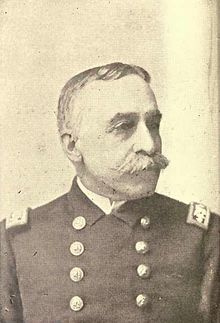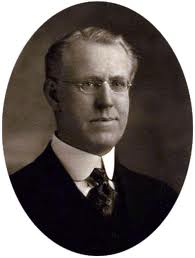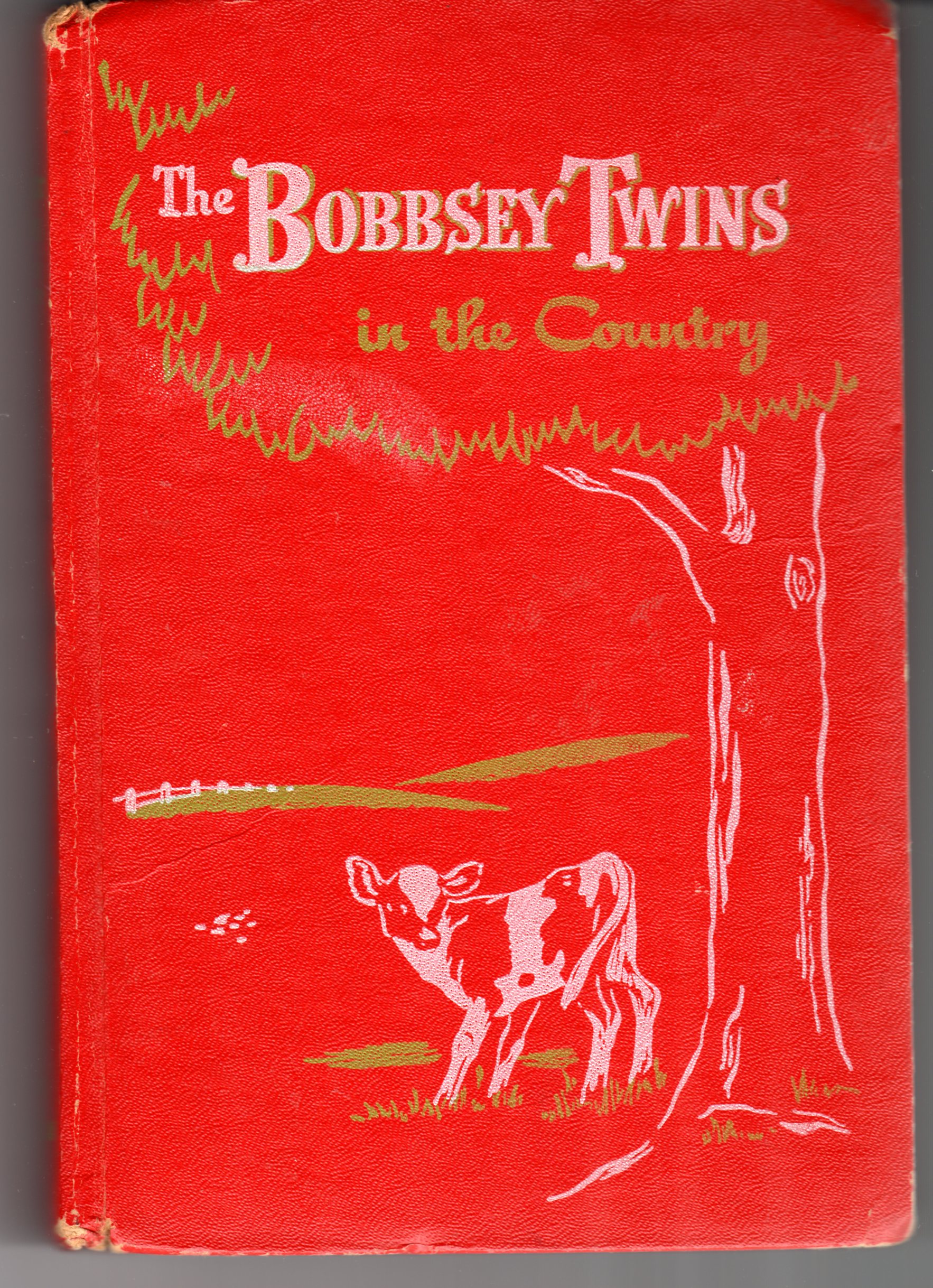Before there was Tim Ferriss (author of The Four-Hour Work Week that made the outsourcing a household word), there was Edward Stratemeyer. Had Edward Stratemeyer lived in this era of advanced technology, who knows what he might have achieved? As it was, living in the early part of the twentieth century, he didn’t do too badly for himself.
When all was said and done the man created a virtual novel-writing factory turning out action stories for young readers. Between 1900 and 1930 he produced more than 1,300 juvenile novels in 125 different series. That would be astounding today even with computers, social media, and indie authors. Think of what it was back then.
Ever Hear of the Hardy Boys?
Now you may be thinking that if this man authored that many titles, surely the name of Edward Stratemeyer would be as well known as Charles Dickens, or Ernest Hemingway. Instead, his name is faded in obscurity with few people ever knowing his background or his history. You would, however, recognize his creations.
Ever heard of Franklin W. Dixon, Laura Lee Hope, or Carolyn Keene? Ever hear of the Rover Boys, Tom Swift, the Hardy Boys, the Bobbsey Twins, or Nancy Drew? I hope I’m not breaking your bubble of illusion, but the father of all of these story characters and their authors, was none other than a quiet, mild-mannered, bookish-looking man by the name of Edward Stratemeyer.
As a child in post-Civil War America, Stratemeyer grew up reading adventure dime novels by Oliver Optic (pseudonym of William T. Adams), and Horatio Alger, Jr. In his early years Stratemeyer once commented, “If I could only write books like that I’d be the happiest person on earth.” Indeed, the man got his wish.
Brown Wrapping Paper
The beginnings for Edward Stratemeyer were as inconspicuous as for some of the characters in his books. Born in 1862, the son of a German immigrant, he grew up in Elizabeth, New Jersey. His schooling took him no further than eighth grade, but early on he had developed an almost addictive habit of reading dime novels. He knew from reading about rags-to-riches adventures, that the rise to the top required resourcefulness, virtue, and a life-changing moment when one dared step out and take a chance. That moment came for Edward when he was only 27-years old.
Working in his brother’s tobacco store on a slow afternoon, Edward wrote out a story on a  torn-off sheet of brown wrapping paper. In a daring move, he sent the story (still written out on the original brown wrapping paper) to a boy’s magazine. The story sold for $75. That monstrous sum amounted to six times his normal weekly wage! It proved to be a defining moment.
torn-off sheet of brown wrapping paper. In a daring move, he sent the story (still written out on the original brown wrapping paper) to a boy’s magazine. The story sold for $75. That monstrous sum amounted to six times his normal weekly wage! It proved to be a defining moment.
Soon he was selling dozens of his stories and was sought out by Street & Smith – publisher of juvenile books – to serve as one of their editors. (Authors published by Street & Smith included such names as Isaac Asimov and Upton Sinclair.)
The Right Place at the Right Time
 Positioned in the right place at the right time, Stratemeyer had just completed an action novel about two boys on a battleship. At the same time, Commodore George Dewey was fighting a battle at Manila suddenly making the Spanish-American war front page news.
Positioned in the right place at the right time, Stratemeyer had just completed an action novel about two boys on a battleship. At the same time, Commodore George Dewey was fighting a battle at Manila suddenly making the Spanish-American war front page news.
With a few edits to fit the times, Stratemeyer re-titled his novel, Under Dewey at Manila. The book was an instant success, going through four printings in a short amount of time. The scene was now set for a made-to-order, rags-to-riches, true-life story for Edward Stratemeyer. You’ll find out more in my next blog post! Read Part II here.
~*~*~*~*~*~*~*~*~*~*~*~*~


